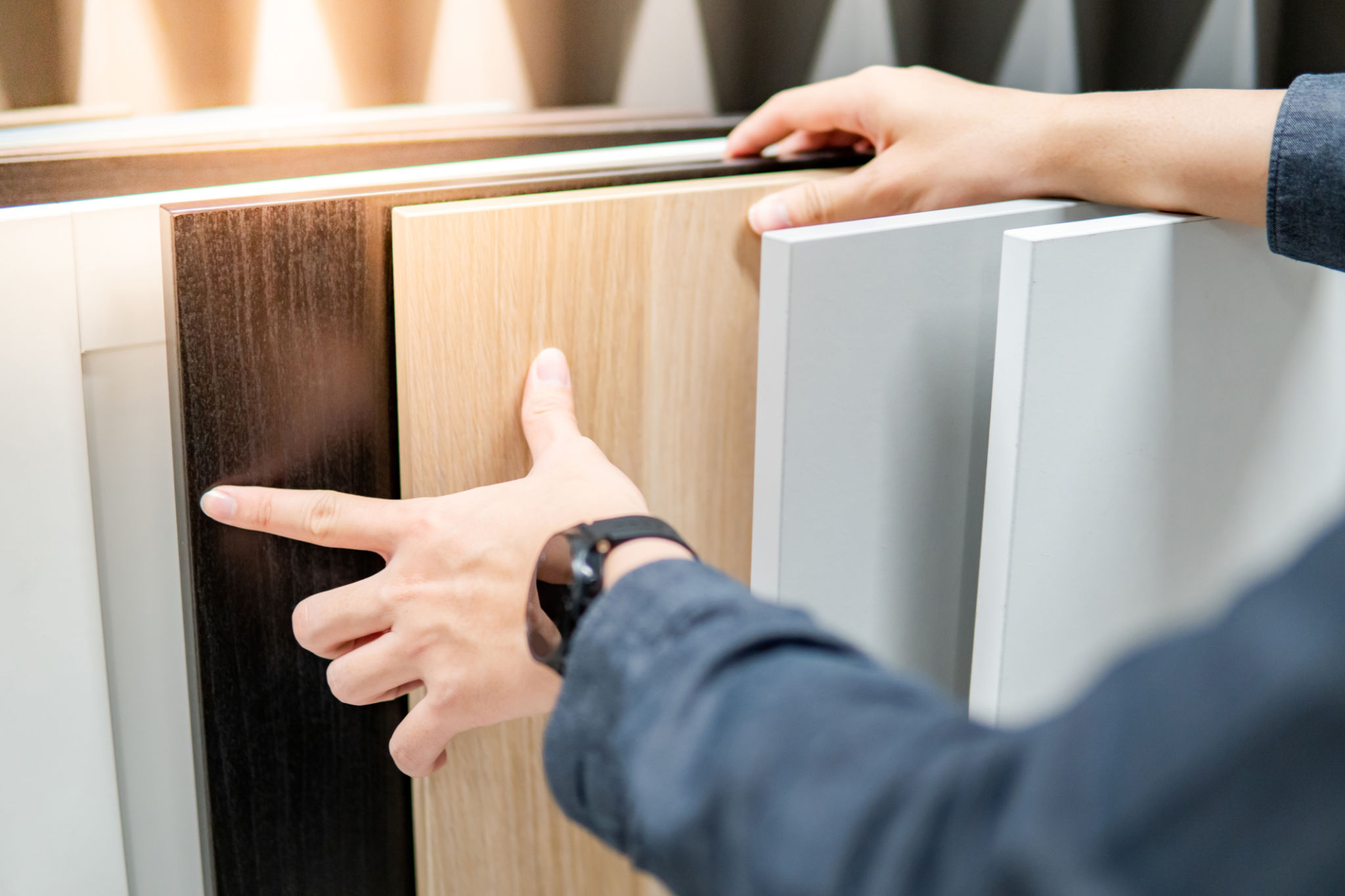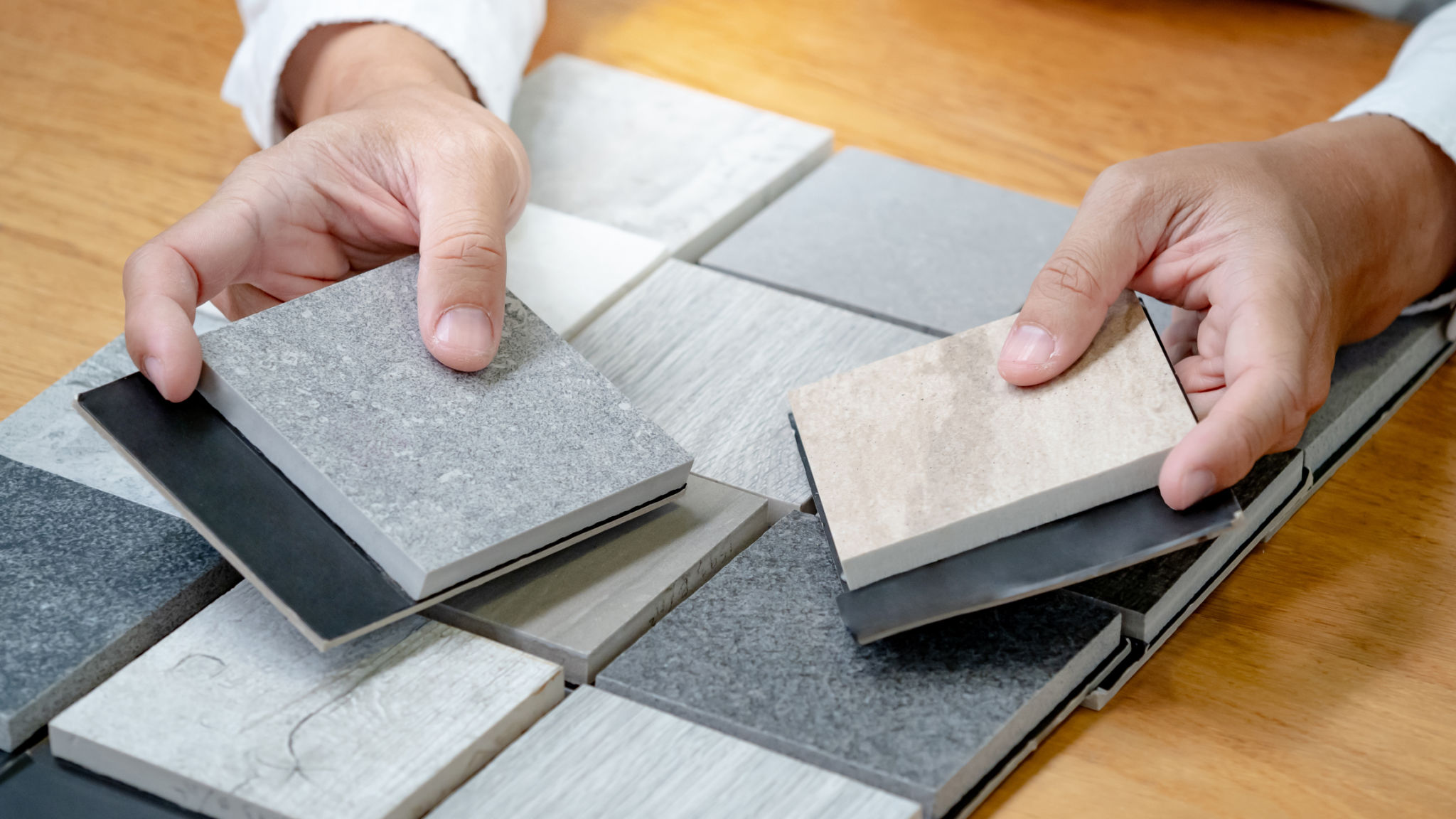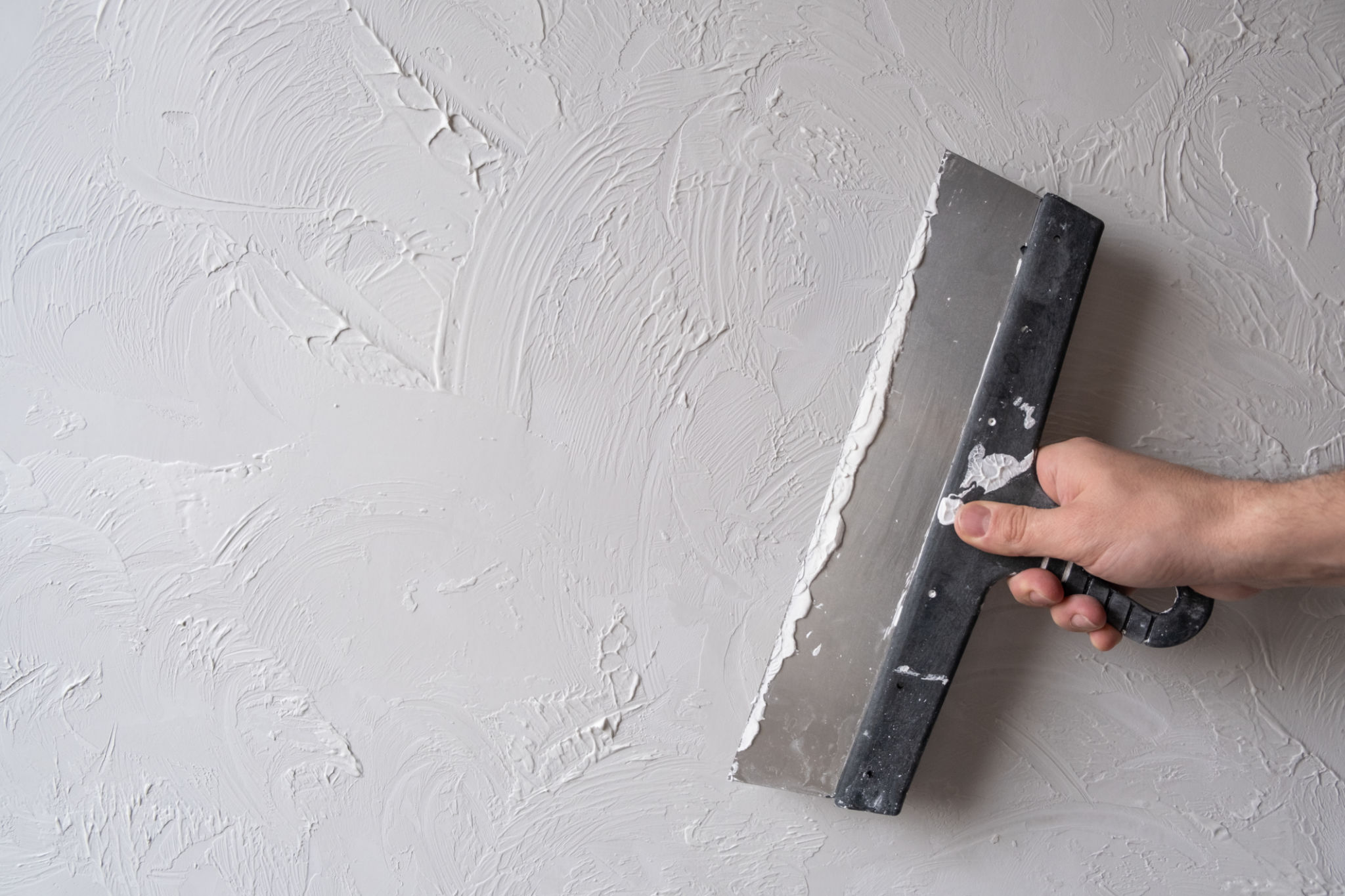Comparing Renovation Materials: Which is Best for Your Project?
SH
Understanding the Basics of Renovation Materials
When embarking on a renovation project, selecting the right materials is crucial for both aesthetics and functionality. The materials you choose will not only impact the overall look of your space but also dictate the durability and maintenance required. With a myriad of options available, making an informed decision can be overwhelming. This guide will help you compare popular renovation materials to determine which is best for your project.

Flooring Options: Durability vs. Style
Flooring is a foundational element of any renovation project, setting the tone for the entire space. Hardwood floors are a timeless choice, known for their durability and elegance. They can withstand heavy foot traffic and add significant value to your home. However, they require regular maintenance to prevent scratches and water damage.
Laminate flooring, on the other hand, is a more budget-friendly alternative that mimics the appearance of hardwood while being easier to maintain. It's resistant to scratches and moisture, making it ideal for high-traffic areas. If you're seeking eco-friendly options, bamboo flooring is a sustainable choice that offers both beauty and strength.
Countertop Materials: Functionality and Aesthetics
Choosing the right countertop material is essential for both kitchens and bathrooms. Granite is a popular option due to its natural beauty and heat resistance. It adds a luxurious touch to any space but requires regular sealing to prevent stains.

If you prefer a non-porous and low-maintenance option, quartz countertops are an excellent choice. They offer a wide range of colors and patterns while being resistant to stains and scratches. For those on a tight budget, laminate countertops provide an affordable alternative with many design possibilities.
Wall Finishes: Paint vs. Wallpaper
The walls of your home are a canvas that can dramatically change the ambiance of your space. Paint is the most versatile option, allowing you to easily update colors as trends change. It’s also relatively inexpensive and quick to apply. For added texture and interest, consider using techniques like faux finishes or accent walls.
Wallpaper has made a comeback in recent years, offering bold patterns and unique textures that paint cannot achieve. It's ideal for creating feature walls or adding character to smaller spaces like powder rooms. However, it requires careful application and maintenance, as it can peel or fade over time.

Conclusion: Making the Right Choice for Your Renovation
Ultimately, the best renovation materials for your project depend on your specific needs, budget, and personal style. Consider factors such as durability, maintenance requirements, and environmental impact when making your decision. By carefully evaluating each material’s pros and cons, you can create a beautiful and functional space that meets your long-term expectations.
Remember, investing in high-quality materials may have a higher upfront cost but often pays off in longevity and added home value. Whether you prioritize sustainability, cost, or aesthetics, there’s a perfect material solution waiting for your renovation dreams.
